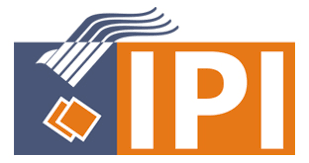Analysis Export of Tuna-Skipjack-Mackerel Fisheries through Bali Province
DOI:
https://doi.org/10.24843/ATBES.2024.v08.i03.p05Keywords:
Fisheries Commodities; Tuna-Skipjack-Mackarel; Export; BaliAbstract
One of the main export commodities for Indonesian fishery products is tuna-skipjack-mackerel, the largest in the world. Bali waters have significant fishery potential for catching tuna, skipjack, and mackerel. The development potential of the tuna-skipjack-mackerel fishing industry must be considered. Denpasar Fish Quarantine Center for Quality and Safety Control of Fishery Products (BKIPM Denpasar) is the agency authorized to provide quality and safety assurance for fishery products. This research aims to determine the export conditions of tuna-skipjack-mackerel fishery products to various destination countries from Bali Province based on 2019-2023 time series data. This research used purposive sampling methods. Export data is grouped based on destination country, frequency, and volume of export commodities. Data was obtained from the Denpasar Fish Quarantine Center, Quality Control, and Fishery Products Safety (BKIPM Denpasar). This research was conducted in February 2024. The results of this research are less stable in export volume; ups and downs in volume occur every year. Export frequency and volume are not directly proportional. The frequency of exports was quite high in 2019, reaching almost 5 thousand trips, and decreased drastically in 2020, with a total of around 2.9 thousand trips. COVID-19 in 2019 significantly impacted it, dropping to half the export frequency. Tuna-skipjack-mackerel products supply various export markets, with 46 destination countries recorded from Bali Province across all chains between 2019 and 2023. Japan, the United States, and Australia are the biggest customers of tuna-skipjack-mackerel products. The tuna-skipjack-mackerel commodity types are divided into ten species.
Downloads
Published
How to Cite
Issue
Section
Categories
License
Copyright (c) 2024 Advances in Tropical Biodiversity and Environmental Sciences

This work is licensed under a Creative Commons Attribution-ShareAlike 4.0 International License.










